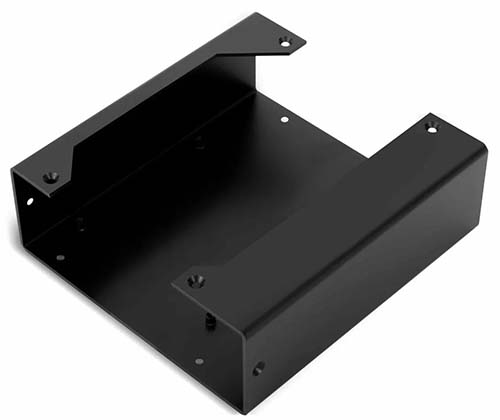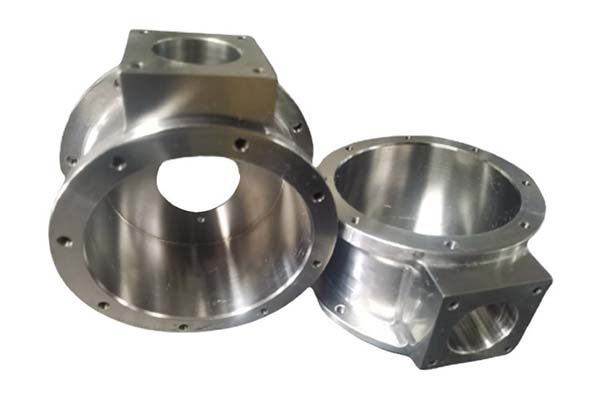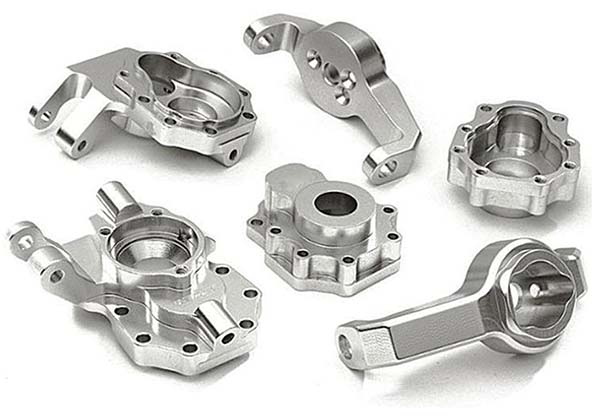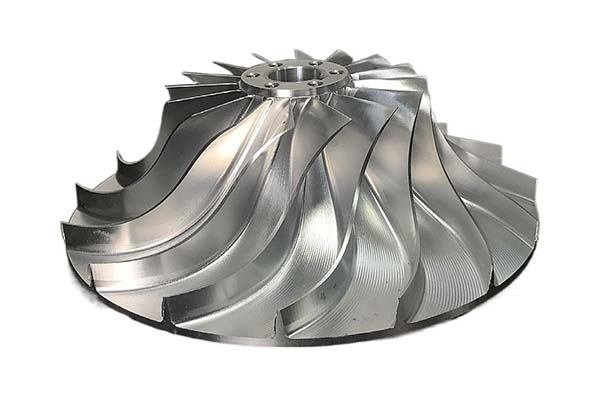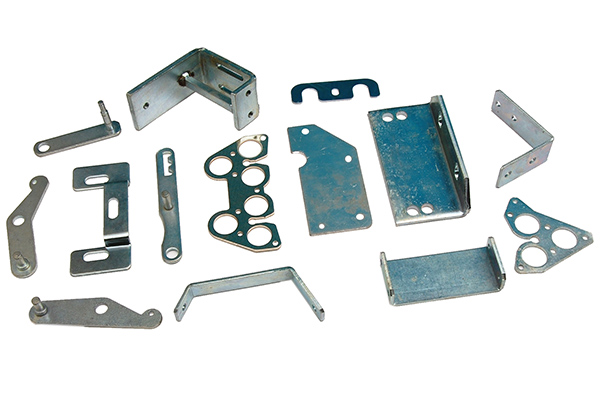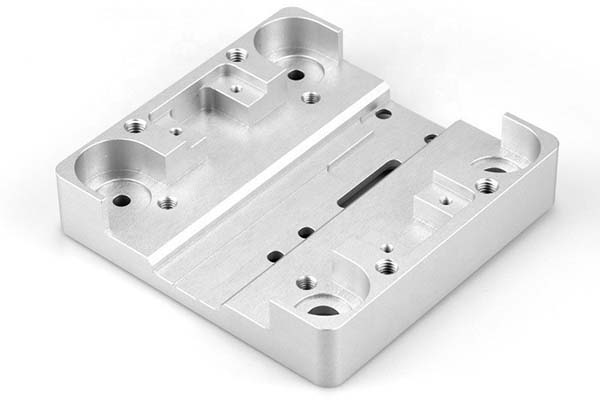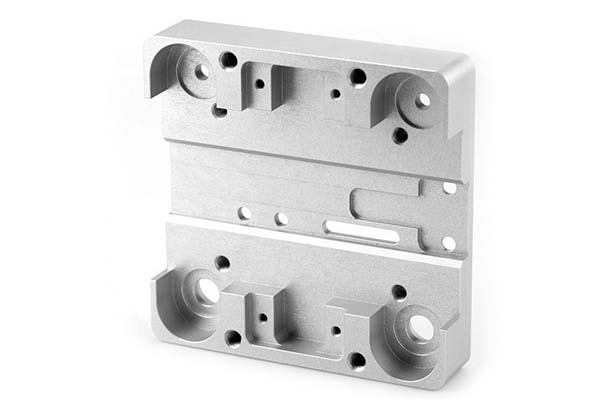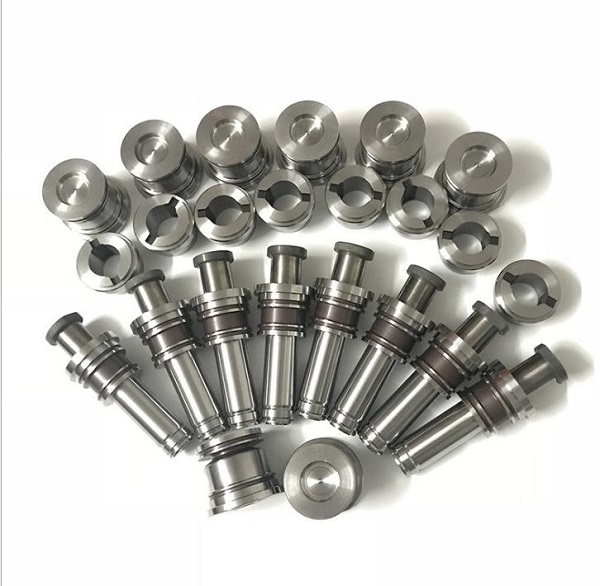Manufacturers seeking a balance between corrosion resistance, sleek aesthetics, and precise forming often turn to SECC—electro-galvanized steel—for their stamping projects. Yet, working with SECC brings unique challenges: maintaining the thin zinc coating during high-stress stamping, ensuring consistent surface finish across complex parts, and avoiding costly defects like coating peeling or uneven thickness. These issues can derail production timelines and compromise end-product durability. This guide addresses these pain points, offering expert insights into leveraging SECC’s strengths while mastering its stamping nuances.
SECC Material Properties: The Foundation of Successful Stamping
SECC (Steel Electro-Galvanized Cold-rolled) stands out for its unique blend of properties, making it a top choice for applications demanding both formability and corrosion resistance.
Key Properties and Their Stamping Implications
- Zinc Coating: SECC features a thin, uniform zinc layer thickness of 5-20μm, applied via electroplating. This thin coating enhances formability compared to hot-dip galvanized steel but requires careful handling to avoid damage during stamping.
- Mechanical Properties: With a tensile strength of 270-350 MPa and excellent ductility (elongation ≥30%), SECC bends and draws easily—ideal for complex shapes like electrical enclosures and appliance panels.
- Surface Finish: SECC boasts a smooth, shiny surface with minimal spangling, making it perfect for parts requiring painting or powder coating. Its low surface roughness (Ra ≤0.8μm) reduces the need for pre-finishing polishing.
- Corrosion Resistance: While thinner than hot-dip coatings, SECC’s zinc layer provides reliable protection in indoor environments, with a salt spray test resistance of 72-120 hours (ASTM B117) before white rust appears. For harsher environments, post-stamping treatments like chromating can extend this to 200+ hours.
- Weldability: SECC welds cleanly with minimal spatter, though high heat can burn off zinc locally—requiring post-weld touch-ups with zinc-rich paint to maintain corrosion resistance.
A comparison with other galvanized steels highlights SECC’s advantages:
| Material | Zinc Thickness | Formability | Surface Finish | Best For |
| SECC (Electro-Galvanized) | 5-20μm | Excellent | Smooth | Precision parts, painting |
| Hot-Dip Galvanized | 45-85μm | Good | Spangled | Outdoor structural parts |
Electro-Galvanizing Process: How SECC Gains Its Protective Layer
The electro-galvanizing process is what gives SECC its distinctive properties. Unlike hot-dip methods, electroplating deposits zinc via an electrochemical reaction, offering unmatched control over coating thickness and uniformity.
Key Process Parameters
- Electroplating Basics: SECC is produced by immersing cold-rolled steel in an electrolyte solution (typically zinc sulfate or chloride) and applying an electric current. Zinc ions migrate to the steel surface, forming a tightly bonded layer.
- Current Density: Controlled at 10-50 A/dm², current density determines coating thickness—higher densities accelerate deposition but require precise monitoring to avoid unevenness.
- Plating Bath Composition: Maintaining optimal pH (2-5) and zinc ion concentration (50-150 g/L) ensures smooth, adherent coatings. Additives like brighteners enhance surface finish.
- Coating Thickness Control: Advanced automated systems measure thickness in real time, ensuring uniformity within ±1μm across the sheet—critical for consistent stamping performance.
- Adhesion Testing: Post-plating, SECC undergoes bend tests (180° around a mandrel) to verify coating adhesion; no flaking indicates a quality finish.
- Environmental Impact: Modern electro-galvanizing uses closed-loop systems to recycle electrolytes, reducing waste and meeting strict environmental regulations (e.g., EU REACH).
Metal Stamping Techniques for SECC
SECC’s thin zinc coating and excellent formability demand specialized stamping techniques to preserve its integrity while achieving precision.
Critical Processes and Tooling Tips
- Punching Operations: Use sharp, high-speed steel punches with a 8-12% clearance (narrower than for hot-dip steel) to minimize burring. Lubricate with zinc-compatible oils to reduce friction and prevent coating flaking.
- Bending and Forming: SECC’s ductility allows for tight bend radii (1-1.5x material thickness), but avoid over-bending—limit angles to 90° ±5° to prevent zinc cracking. A 3° over-bend accounts for springback without damage.
- Drawing and Deep Drawing: SECC excels in deep drawing due to its uniform coating. Use low-friction dies (polished to Ra 0.4μm) and apply lubricant evenly to prevent localized thinning of the zinc layer.
- Trimming and Piercing: Trim edges with sharp blades at a 30° angle to avoid tearing the coating. Deburr immediately to remove zinc particles that could cause corrosion.
Equipment Considerations
- Press Machines: Servo presses with variable speed control are ideal—slower speeds (15-25 strokes/min) during contact reduce heat, preserving coating integrity.
- Tooling Materials: Chrome-plated dies resist zinc buildup, which can mar surfaces. Regular cleaning with mild solvents maintains tool performance.
- Die Design: Incorporate radiused edges (≥0.5mm) to distribute stress evenly, preventing coating peeling in tight corners.
Applications of SECC: Where It Excels
SECC’s unique properties make it indispensable in industries requiring precision, aesthetics, and moderate corrosion resistance.
- Electrical Enclosures: Electrical cabinets and control panels rely on SECC for its smooth finish (easy to label) and corrosion resistance in indoor environments.
- Appliance Components: Refrigerator door panels, washing machine drums, and microwave housings use SECC for its formability and paint adhesion.
- Automotive Parts: Interior trim, dashboard components, and door handles benefit from SECC’s sleek surface and ability to withstand minor moisture exposure.
- HVAC Components: Ductwork and blower housings use SECC for its resistance to condensation and ease of forming into complex shapes.
- Industrial Machinery: Small gears, brackets, and covers leverage SECC’s weldability and precision stamping capabilities.
Real-world performance data underscores SECC’s value: in a 5-year study, SECC electrical enclosures showed 90% less corrosion than uncoated steel in factory settings.
Quality Control and Standards for SECC Stamping
Maintaining SECC quality requires adherence to strict standards and rigorous testing throughout production.
- Quality Assurance: Follow ISO 9001 and JIS G3313 (SECC’s governing standard) to ensure consistency from material receipt to final inspection.
- Material Testing: Verify incoming SECC with corrosion testing (salt spray) and coating thickness measurements (magnetic gauge). Reject batches with thickness <5μm or visible defects.
- Surface Defects: Inspect for pinholes, blisters, or zinc nodules using 10x magnification. Defects >0.5mm² require repair with zinc-rich paint.
- Dimensional Accuracy: Use CMMs to check tolerances (±0.03mm for critical features), ensuring parts fit seamlessly in assemblies.
- Process Optimization: Implement SPC (Statistical Process Control) to monitor punch force and die temperature, reducing variability in stamping accuracy.
Yigu Technology’s Perspective: Mastering SECC Stamping
As a leading custom manufacturer in China, Yigu Technology specializes in SECC stamping for precision-critical applications. We optimize die designs with radiused edges and polished surfaces to protect SECC’s thin zinc coating, ensuring parts meet strict dimensional accuracy and corrosion standards. Our servo presses and zinc-compatible lubricants minimize coating damage, while 100% post-stamping inspection guarantees quality. For clients needing a blend of formability, aesthetics, and protection, SECC is unparalleled—and our expertise ensures seamless production from prototype to mass manufacturing.
FAQ
- Can SECC be used outdoors?
SECC is best for indoor use; its thin coating resists corrosion for 1-3 years outdoors. For outdoor applications, specify a 15-20μm coating and post-stamp chromating.
- How does SECC compare to stainless steel in stamping?
SECC costs 30-50% less than stainless steel and offers better formability, though stainless steel has superior corrosion resistance. Choose SECC for indoor, moderate-exposure parts.
- What’s the maximum part complexity achievable with SECC stamping?
SECC handles complex shapes like deep-drawn enclosures (up to 100mm depth) and multi-bend brackets, thanks to its excellent ductility and uniform coating.
